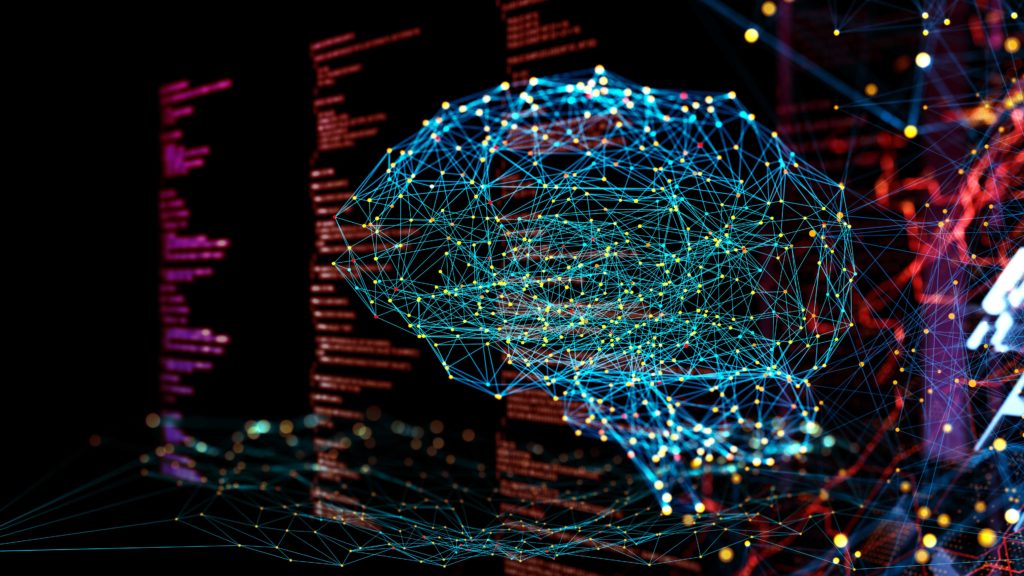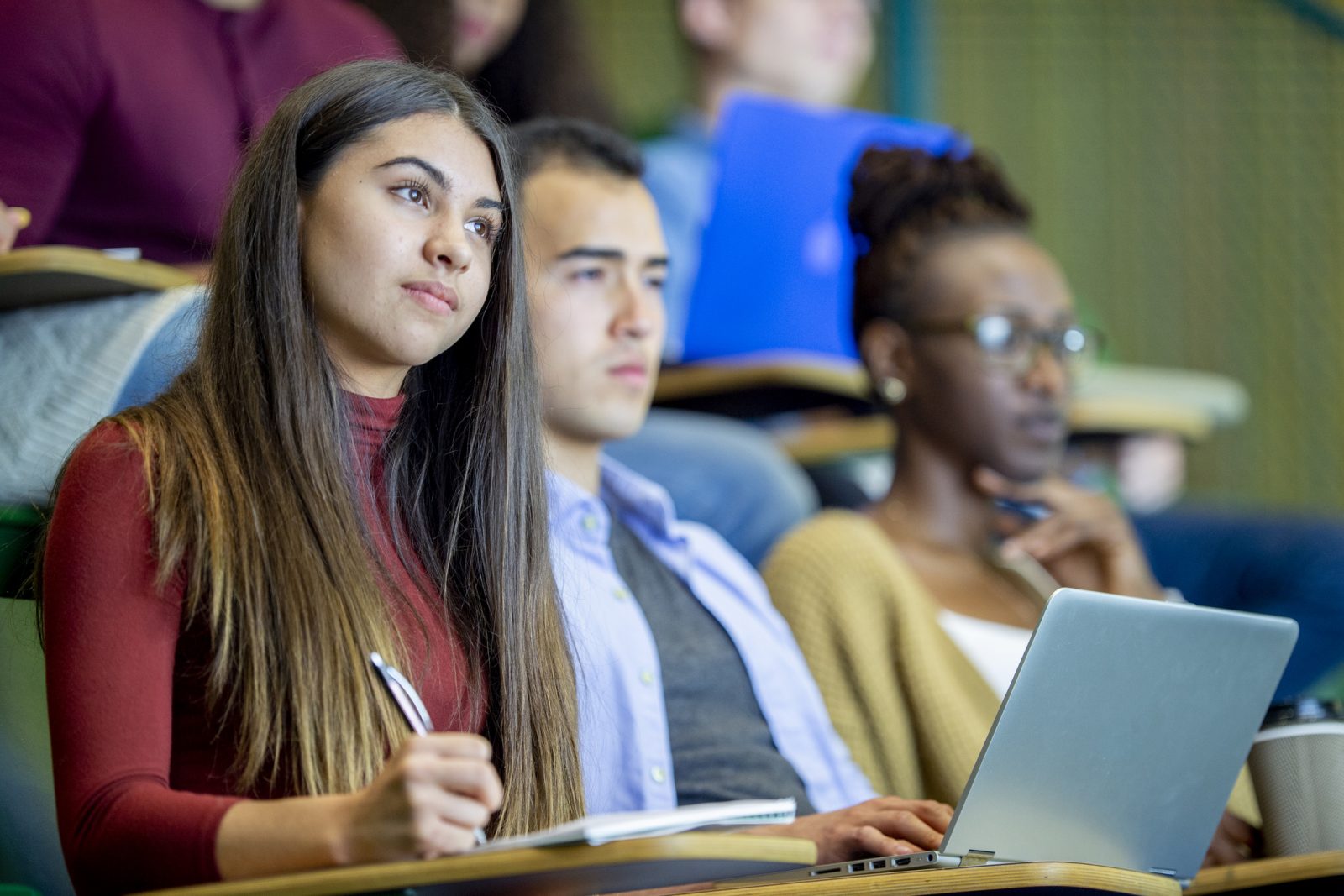
The training, integration, and retention of the next generation of talent is a key goal of most organizations. So, on the job and in the classroom, learning is taking centre stage. More specifically, experiential learning.
Experiential learning engages students in hands-on activities and experiences to deepen the lesson and help students retain the core learning objectives of each class. It involves being an active participant in learning rather than a passive consumer. Unlike many traditional learning methods, experiential learning focuses on processes rather than outcomes—moving beyond gathering and memorizing facts and instead using knowledge to create behaviours.
But why is this method of learning so effective? What is the cognitive process our brains undergo that allows us to learn by doing?
According to psychologist David Kolb, real learning happens when you have an experience, reflect on that experience, form your concepts and conclusions, and finally test your hypothesis in a real-world situation (Kolb, 1984).
The four stages of David Kolb’s Experiential Learning Cycle is one of the most popular breakdowns of the psychological process during an experiential learning activity. Let’s break it down:
- Concrete Experience — At the first stage, the learner participates in an experience like a hands-on assignment meant to teach a specific concept or accomplish a learning objective.
- Reflective Observation — The learner uses their existing knowledge to reflect on their experience.
- Abstract Conceptualisation — After reflection, the learner develops their own theory or concept based on the experience.
- Active Experimentation — Finally, the learner is encouraged to test their new theory in another similar learning experience.
With each stage logically progressing to the next, learning depends on whether the student spends enough time active in the process. That is why experiential learning activities emphasize participation.
Neurologically, experiential learning is so powerful it rewires our brains. Our brain is a network of neurons connected by synapses. During learning, these synapses get reinforced, increasing in size and creating stronger connections. Strong connections are formed during an experiential learning activity because more complex processes require the involvement of many neurons in different areas of the brain, which encourages the process of encoding information in our brains.
But the key is ensuring that the learning experience relates as closely as possible to the on-the-job activity you are training for. For example, playing more extreme sports will not make you more of a risk-taker at work.
That is because the same area of the brain needs to be involved in the learning as well as the doing. To quote a study by Löwel and Singer, “neurons wire together if they fire together.”
Experiential learning prepares the professionals of tomorrow by giving them that experience today.
Some of the most common benefits of experiential learning are:
- Taking theoretical material into the real world and immediately making it more accessible, relatable, and practicable.
- Fostering professionals who are more creative, innovative, and not averse to risk-taking while problem-solving.
- Creating a space where students can learn from their mistakes, test their theories and re-wire their brains to work for them.
- Encouraging collaboration as most experiential learning activities tend to be group-based.
At the School of Continuing Studies, we’ve worked extensively with industry leaders to design our programs with an extended focus on hands-on learning. To learn more about our professional programs, please click here.
